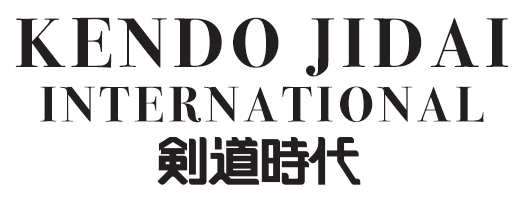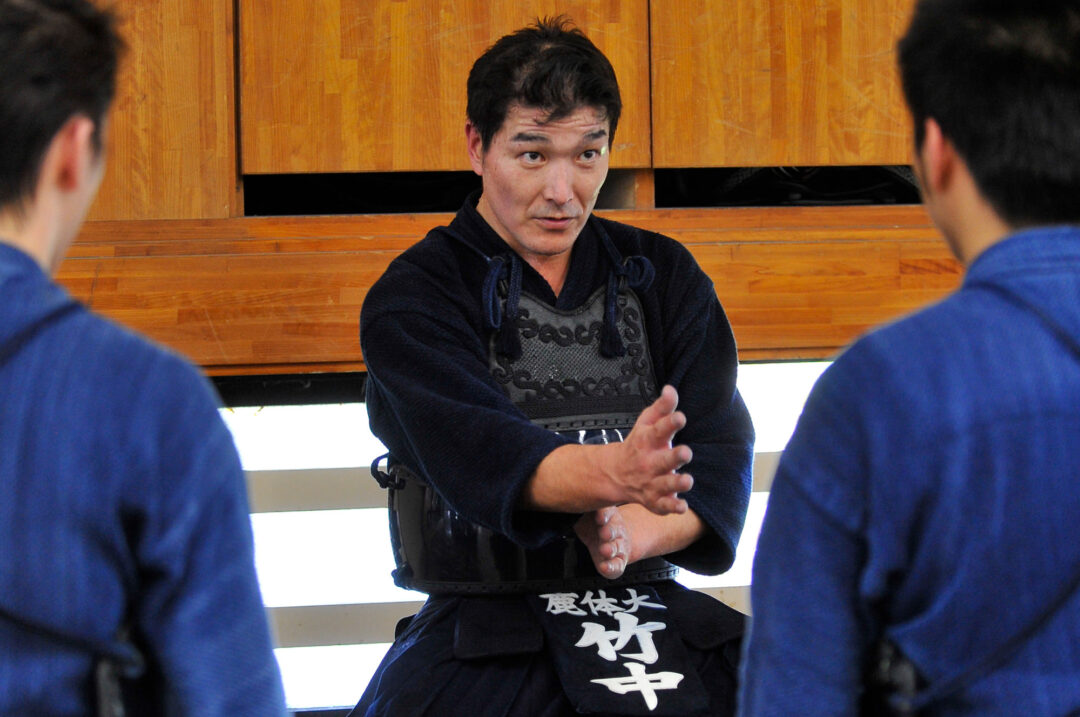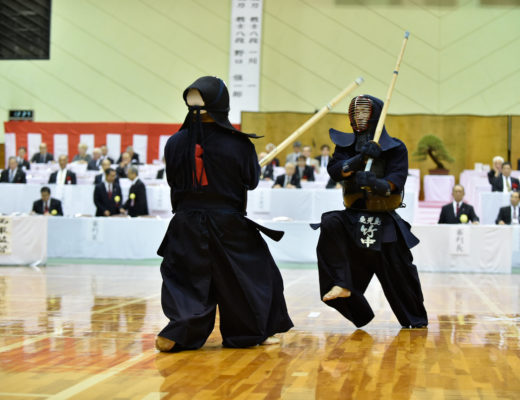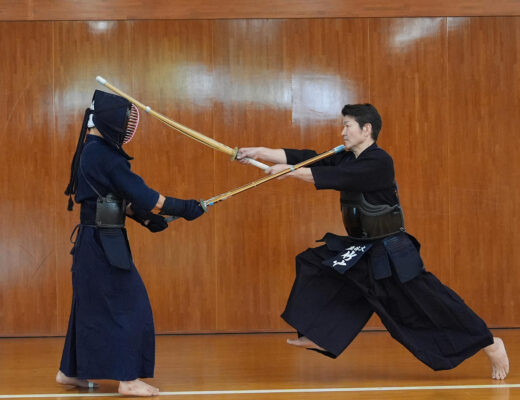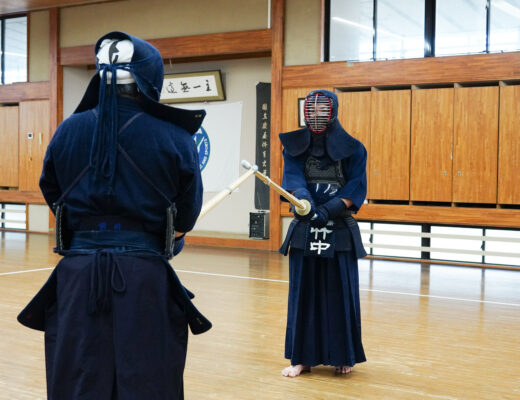2013.1 KENDOJIDAI
In recent years, there has been a growing movement within the field of physical education research emphasizing the importance of practical research. At the National Institute of Fitness and Sports in Kanoya, an online journal featuring practice-based studies that utilize video materials has been launched. As practical instructors, we are now expected to focus our efforts on conducting such research. The originality of this journal lies in its use of visual data, with the goal of creating and accumulating practical and embodied knowledge that can be shared among experts across various disciplines.
Having spent many years teaching at the high school level myself, I believe that practical research provides extremely valuable insights for professional instructors. To put it bluntly, when it comes to developing top-level athletes, it is often the case that real-world examples of elite competitors’ practices offer more meaningful clues for reaching that level than universally applicable findings derived from scientific methods.
In this article, I would like to introduce our initiatives aimed at practicing an “offense-oriented approach to Kendo.” Since assuming my current position, this offensive style has been one of the main pillars of my student instruction, though in truth, it is not something easily put into practice. The efforts described below at our university cannot yet be considered an established instructional method, and I ask for your understanding in that regard.
Takenaka Kentaro
Born in Hyogo Prefecture in 1972. After graduating from PL Gakuen High School, he entered the University of Tsukuba and later became a teacher at Yazu High School in Tottori Prefecture. His achievements include second place in the individual division at the World Kendo Championships, participation in the All Japan Kendo Championship, and both team and individual victories at the National Teachers’ Kendo Championship. He has been serving at the National Institute of Fitness and Sports in Kanoya since 2008.
Making Mutual Strikes the Core of Offensive Techniques
When I look back to the time of my appointment, I still remember being strongly impressed by the students’ remarkable offensive spirit in both their regular practices and matches. I believe this attacking mindset represents the distinctive Kendo style of our university, which has been nurtured in Kyushu since its founding as an institution with a strong martial arts program.
I see it as my mission to carry on this offense-oriented approach to Kendo, to strengthen it further, and to refine its technical and qualitative aspects. When reviewing many Kendo instructional texts, I notice that most of them focus mainly on attacking and striking, while very few describe defensive methods in detail. This clearly suggests the importance of offense in Kendo. The old saying “Attack is the best form of defense” leaves little room for doubt.
In order to maintain an attacking attitude throughout actual matches, it is essential to take the initiative and execute one’s own techniques proactively. With that in mind, I would first like to focus on Shikake-waza, or initiating techniques.
In this section, rather than explaining the striking methods, tips, or effectiveness of each Shikake-waza, I will discuss the technical elements and requirements necessary to attack with full confidence, focusing on how techniques are structured and selected.
When attempting any target area, it is essential to carefully consider how an initiating technique should be constructed in actual combat. In my instruction, I emphasize to students the importance of developing Shikake-waza that are simple and minimize unnecessary motion at the moment of initiation. This simplicity not only makes the strike more efficient but also forms the foundation of an offense-oriented approach.
However, initiating an attack inevitably creates opportunities for the opponent, such as counterattacks timed to one’s movement (Debana-waza) or Oji-waza. In particular, when a strike is launched, it is highly likely that the opponent will attempt to execute a technique simultaneously. Therefore, even in situations where both strike at nearly the same moment (Ai-uchi), one must be able to gain the upper hand—either by striking slightly earlier or by controlling the center line to break through the opponent’s attack. Without mastering such decisive strikes, it is impossible to attack with true confidence.
In other words, even if one successfully dominates the exchange and initiates a technique, a player whose strikes are large and easily readable may end up being countered by a desperate but timely blow from the opponent. When such habits take root, it becomes difficult for that player to summon the courage to initiate attacks proactively.
Men Techniques: Strikes that Overcome from Above and Strikes that Break Through
The rest of this article is only available for Kendo Jidai International subscribers!
